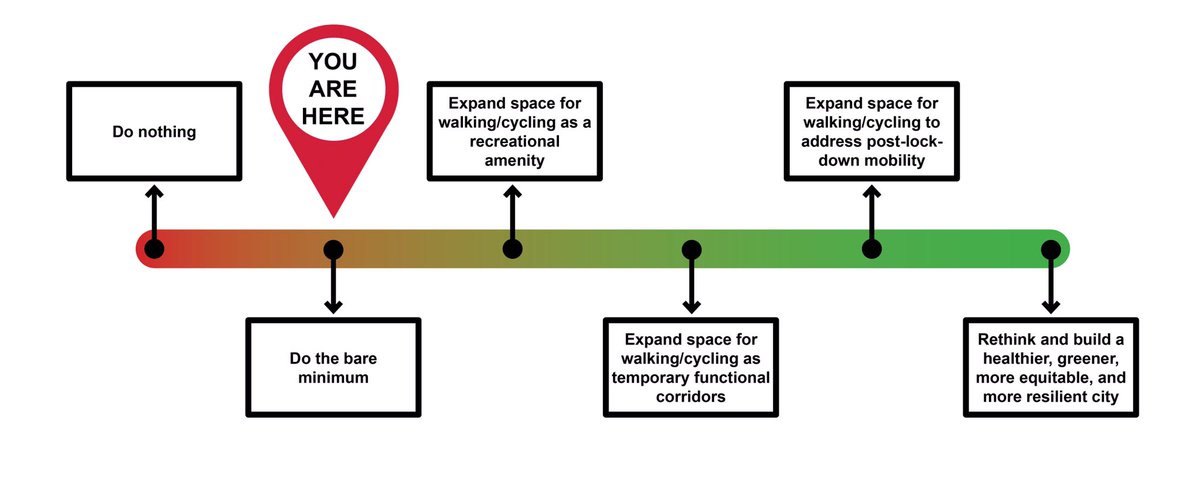docs.google.com/spreadsheets/d…
Do we think that Milan didn’t consider public health implications? Seattle? Paris? London?
New York City?
(…but in Toronto, 64% of dwellings are apartments, and 47% of households are renters.)
(…but nearly half of all 6AM – 9AM trips by Toronto residents are made on transit, on foot, or by bike.)
When I wrote the thread below, I was only proposing targeted actions to address the current moment.
- Advocates of private vehicles and sprawl.
- Those who want more surveillance tech in your life.
- Large corps that will continue to consolidate sectors.
- Austerity evangelists.
I’m very willing to be wrong.
Surprise me, @torontosmayor.


























